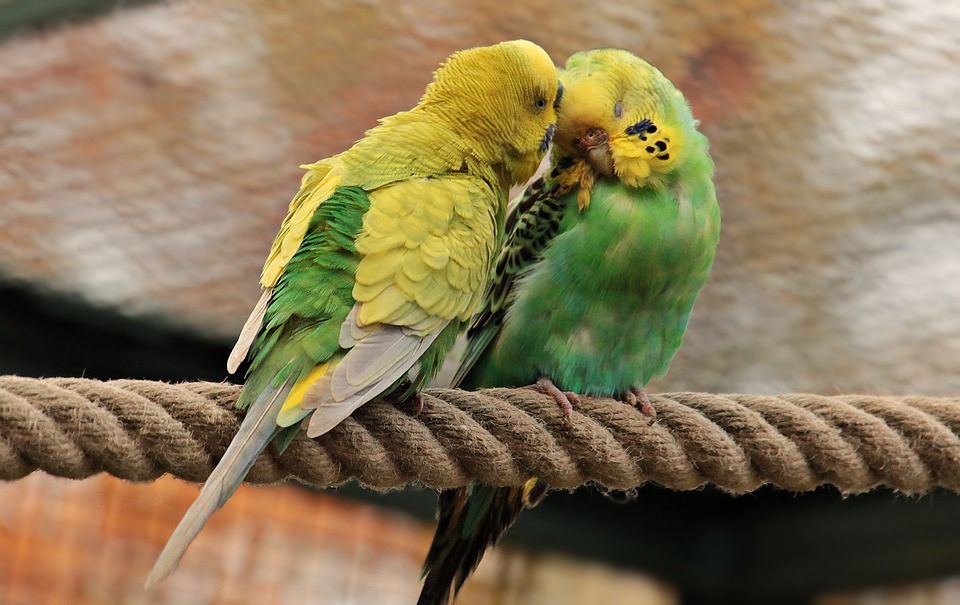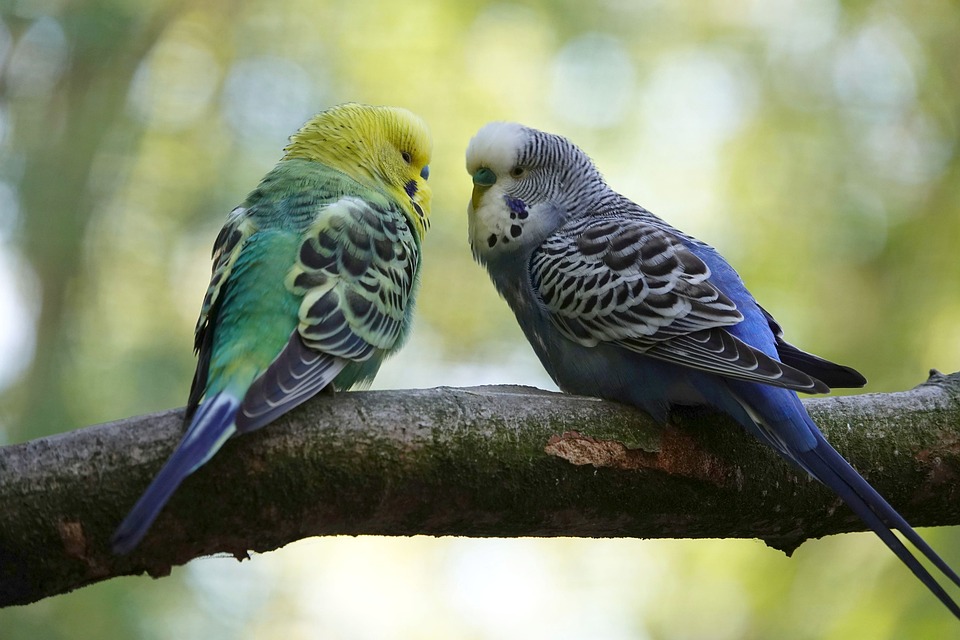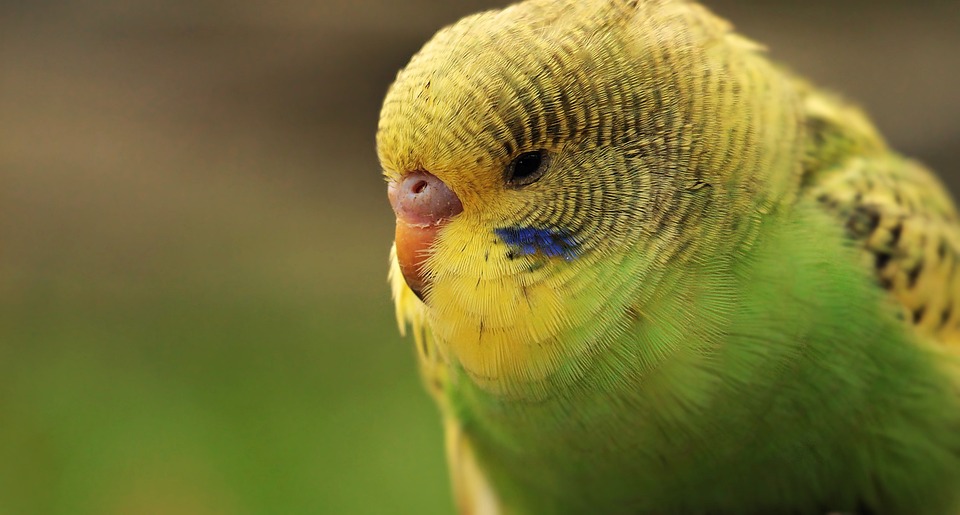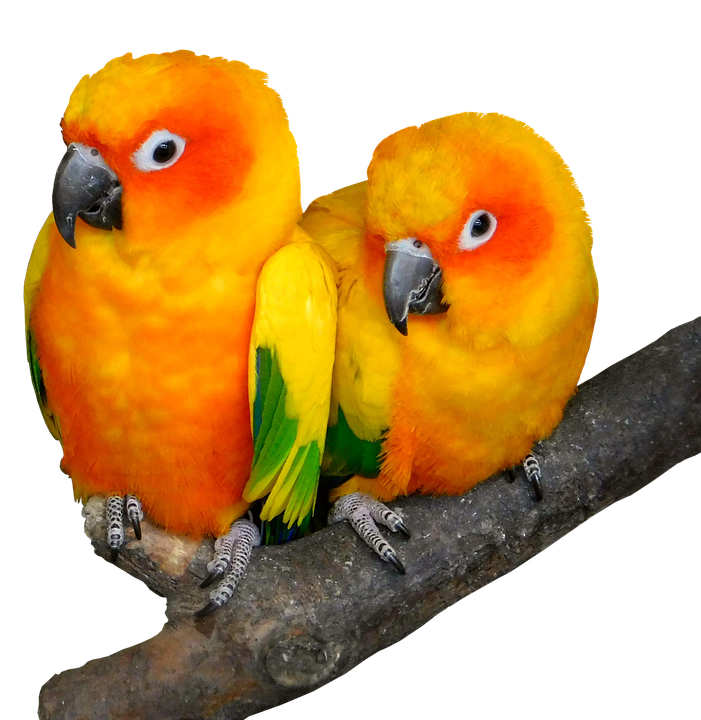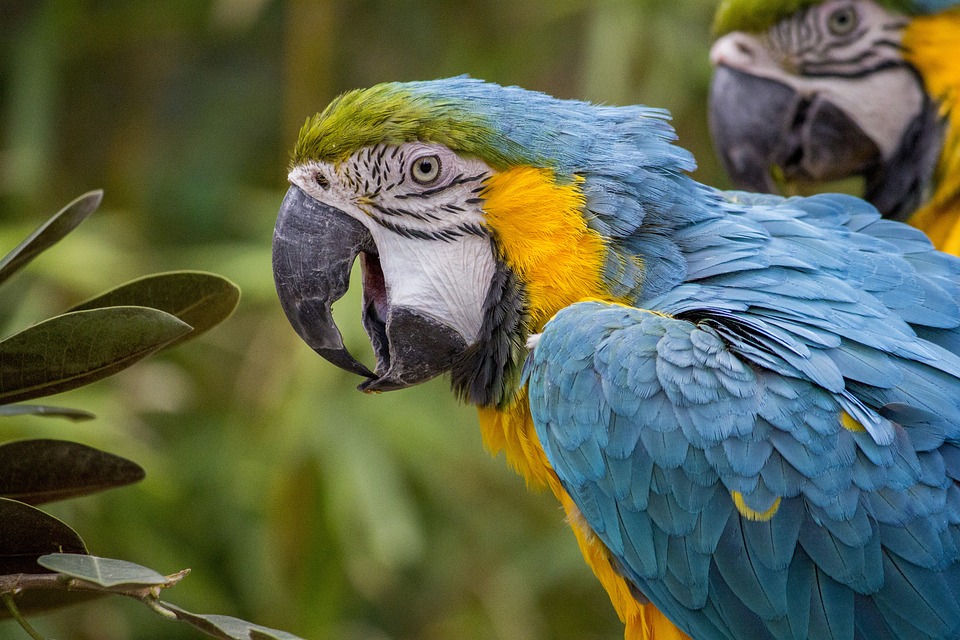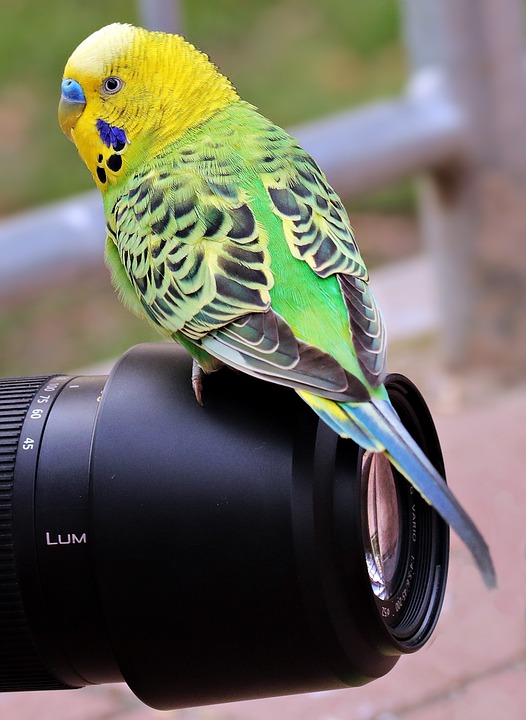Understanding Parrot Behavior: How Clicker Training Can Shape Positive Responses
Introduction:
Parrots are fascinating creatures known for their vibrant colors, intelligence, and ability to mimic human speech. However, understanding parrot behavior can be a challenging task for pet owners. In this article, we will explore the benefits of clicker training in shaping positive responses and creating a harmonious bond with your feathered friend.
I. The Basics of Parrot Behavior:
1.1 Natural Instincts and Behaviors:
Parrots are highly social animals with complex instincts and behaviors. Understanding their natural tendencies, such as flock dynamics and foraging behaviors, can help in providing an enriched environment for them.
1.2 Communication Methods:
Parrots use various forms of communication to express their needs and emotions. These include vocalizations, body language, and physical gestures. Recognizing and interpreting these signals is crucial for effective communication with your parrot.
1.3 Common Behavior Problems:
Parrots may exhibit behavior problems such as biting, screaming, feather plucking, or aggression. These issues can often be attributed to a lack of mental stimulation, inadequate socialization, or improper training. Clicker training can help address and correct these behavior problems.
II. The Power of Positive Reinforcement:
2.1 What is Positive Reinforcement?
Positive reinforcement is a training technique that involves rewarding desirable behaviors to encourage their repetition. Instead of focusing on punishing unwanted behaviors, positive reinforcement focuses on rewarding and reinforcing positive actions.
2.2 Benefits of Positive Reinforcement in Parrot Training:
Using positive reinforcement in parrot training has several benefits. It promotes a positive and trusting relationship between the parrot and its owner, enhances the parrot’s motivation to learn, and reduces stress and anxiety associated with punishment-based training methods.
2.3 Establishing Trust and Strengthening the Bond:
Positive reinforcement training helps build trust between the parrot and its owner. By rewarding desired behaviors, the parrot learns to associate its actions with positive outcomes, strengthening the bond and creating a harmonious relationship.
III. Introducing Clicker Training:
3.1 What is Clicker Training?
Clicker training is a form of positive reinforcement training that uses a small handheld device called a clicker. The clicker emits a distinct sound when pressed, which serves as a marker or signal to the parrot that it has performed the desired behavior correctly.
3.2 How Clicker Training Works for Parrots:
Clicker training works by associating the sound of the clicker with a reward, such as a treat or verbal praise. The parrot learns to anticipate and seek out the reward by repeating the behavior that led to the clicker sound.
3.3 Step-by-Step Guide to Clicker Training:
Clicker training involves a series of steps, including introducing the clicker, establishing a reward system, shaping behaviors through successive approximations, and reinforcing desired actions. A step-by-step guide can help pet owners effectively implement clicker training techniques.
IV. Shaping Positive Responses:
4.1 Teaching Tricks and Behaviors:
Clicker training can be used to teach parrots a wide range of tricks and behaviors, such as stepping up, turning around, targeting objects, retrieving objects, and even complex tasks like opening drawers or solving puzzles.
4.2 Encouraging Good Behavior:
Clicker training can be used to encourage and reinforce desirable behaviors, such as quiet vocalizations, appropriate chewing, and interacting positively with humans or other pets.
4.3 Redirecting Unwanted Behavior:
Clicker training can also help redirect unwanted behavior by reinforcing alternative, more desirable behaviors. For example, if a parrot tends to scream for attention, clicker training can be used to reward quiet behavior instead.
V. Frequently Asked Questions (FAQs):
(Q1) Can clicker training be used for all parrot species?
(Q2) How long does it take for a parrot to respond to clicker training?
(Q3) Is it possible to use clicker training to stop excessive screaming in parrots?
(Q4) Are there any risks associated with clicker training for parrots?
(Q5) Can clicker training help with aggressive behavior in parrots?
(Q6) Can clicker training be used for older parrots or only for young ones?
Conclusion:
Understanding parrot behavior is crucial for maintaining a happy and healthy relationship with your feathered companion. Clicker training offers a positive and effective approach to shape desirable behaviors while minimizing unwanted ones. By utilizing this training method, you can create a strong bond with your parrot and enjoy a harmonious companionship for years to come.


